Black Sea tensions in the headlines again
By Angus Groves
2nd November, 2022
Contrasting headlines appeared over the weekend with the positive news including sunny skies, which has allowed harvest to recommence in Queensland and Northern New South Wales. This is in stark contrast to the more damaging news of Russia suspending its participation to the Black Sea Grain Initiative, citing an attack from Ukraine on Saturday targeting Russian ships in the Ukrainian port of Sevastopol.
The Black Sea Grain Initiative according to a Press Statement by Antony Blinken, the US Secretary of State “has already moved more than 9 million metric tonnes of food and brought prices down around the world” the statement goes on to say “in suspending the arrangement, Russia is weaponising food in the war it started, directly impacting low-and-middle income countries and global food prices”
This escalation has sent commodity prices soaring to begin the week with prices on all major grains and oilseeds moving higher as I write. With Russia and the Ukraine previously accounting for up to a third of the world’s export of wheat and barley, it’s understandable that prices are once again delicately poised on the eve of our delayed Australian harvest.
This is certainly a hugely bullish input as the global grain trade has been confident the deal would continue unabated and without Russian and Ukrainian grain for the African and Asian markets the world balance sheet suddenly appears very tight.
Conditions back home continue to be cool and wet, with the state of Western Australia getting a taste of the East Coast deluge over the weekend with a few local farmers even recording some devastating hail events which have seen complete losses on some fields.
A cool change has also triggered some unseasonal November snow falls across the high country, which in a typical year would seem strange, however in a year such as this should we really have expected anything less?
One thing the rain is certainly doing is creating logistics challenges in both NSW and QLD, with prompt demand for feed grains delivered into feedlots strongly contested. Consumers in QLD are struggling to get access to grain to cover their feeding demands due to the rail and road issues seen with the flooding. This has seen prices up to $30-50/mt higher paid to growers with adequate prompt farm access.
Rain expected to sweep across the states Monday and Tuesday this week will continue to hamper farm access unless road conditions are suitable in the wet. It is expected there will be premiums available in the short term for any growers fortunate enough to have their new season harvest recommence. And if the Black Sea Grain Initiative is officially dead in the water, it should be expected that prices for the remainder will be well bid right through the next 6-12 months as exports continue to flow out of Australia.
Rain delays and quality concerns
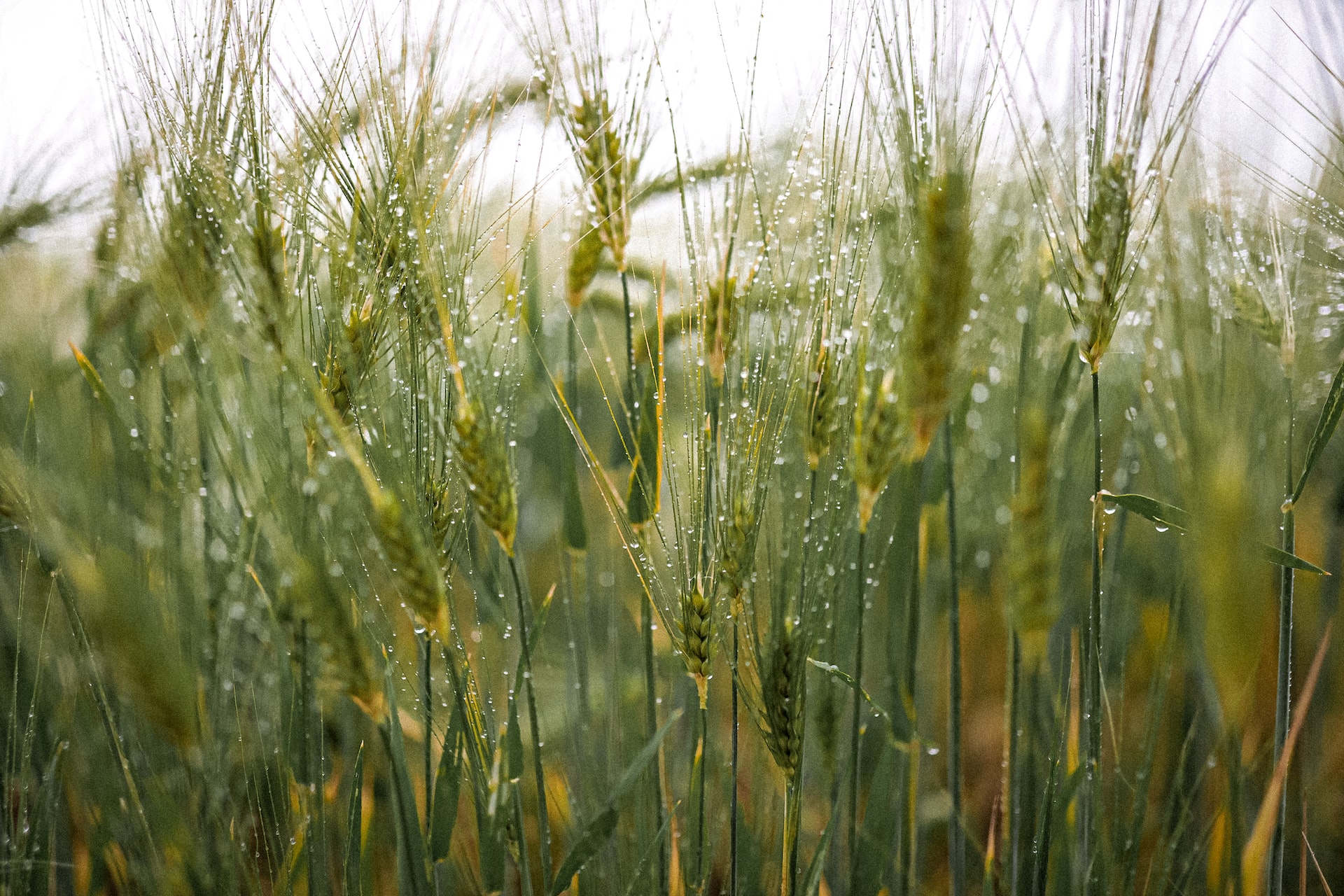
The east coast of Australia has endured another brutal week on the weather front, with El Nino seemingly increasing in ferocity in its third consecutive season.
Read MoreFinding the value in grain price volatility
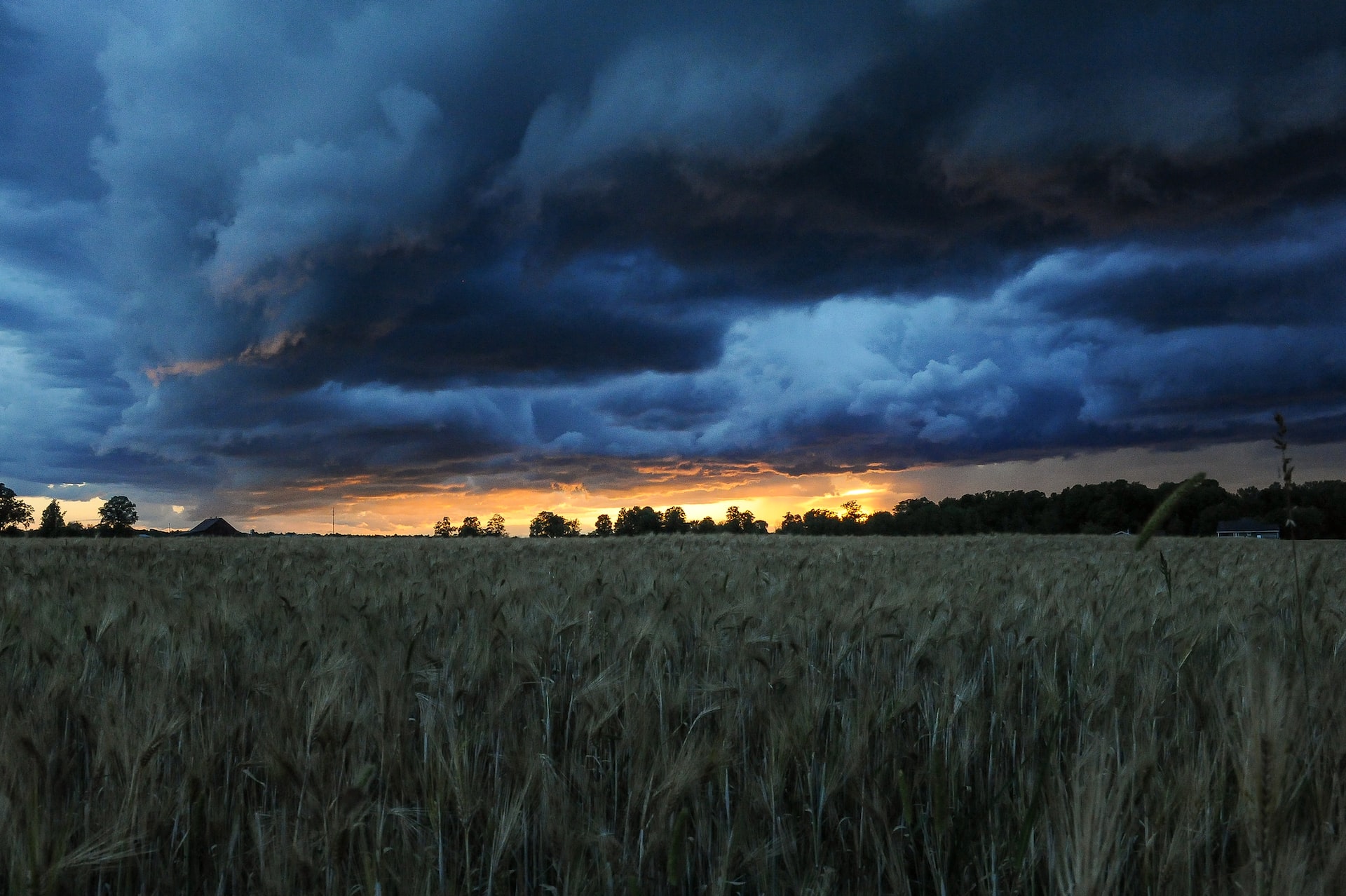
Since late February this year when the situation in the Black Sea region escalated, global agricultural markets have been trading with such strength and volatility that even those most experienced have found themselves scratching their heads trying to figure out how to best participate, if at all, without getting their heads taken off in the wild swings...
Read MoreHarvest is here
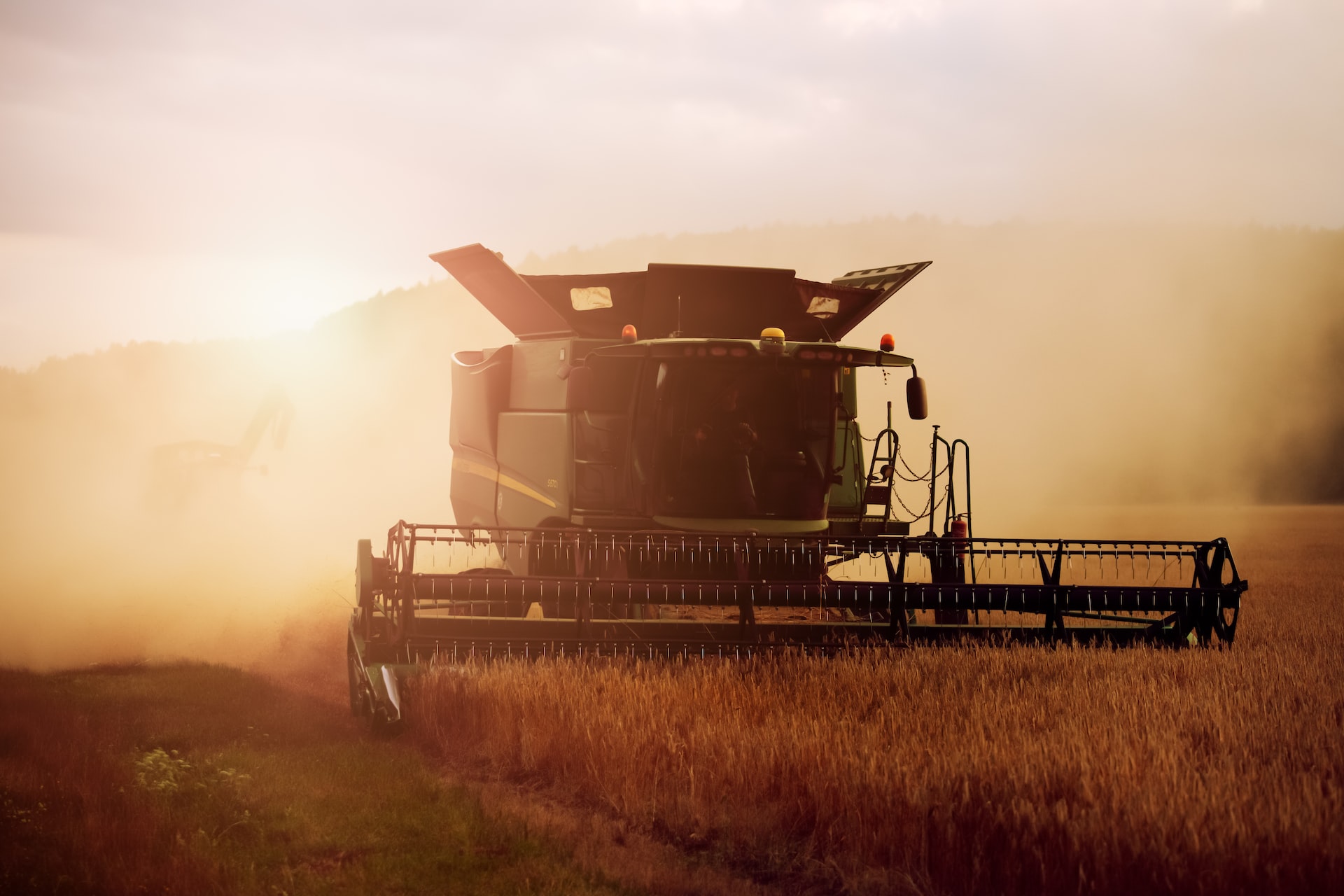
Australia's 22/23 winter crop harvest is officially underway on the east coast with the first headers rolling in Central Queensland and although an exciting time for most, this year's harvest is sure to pose significant challenges to all participants...
Read MoreFocus on grower selling set to sharpen
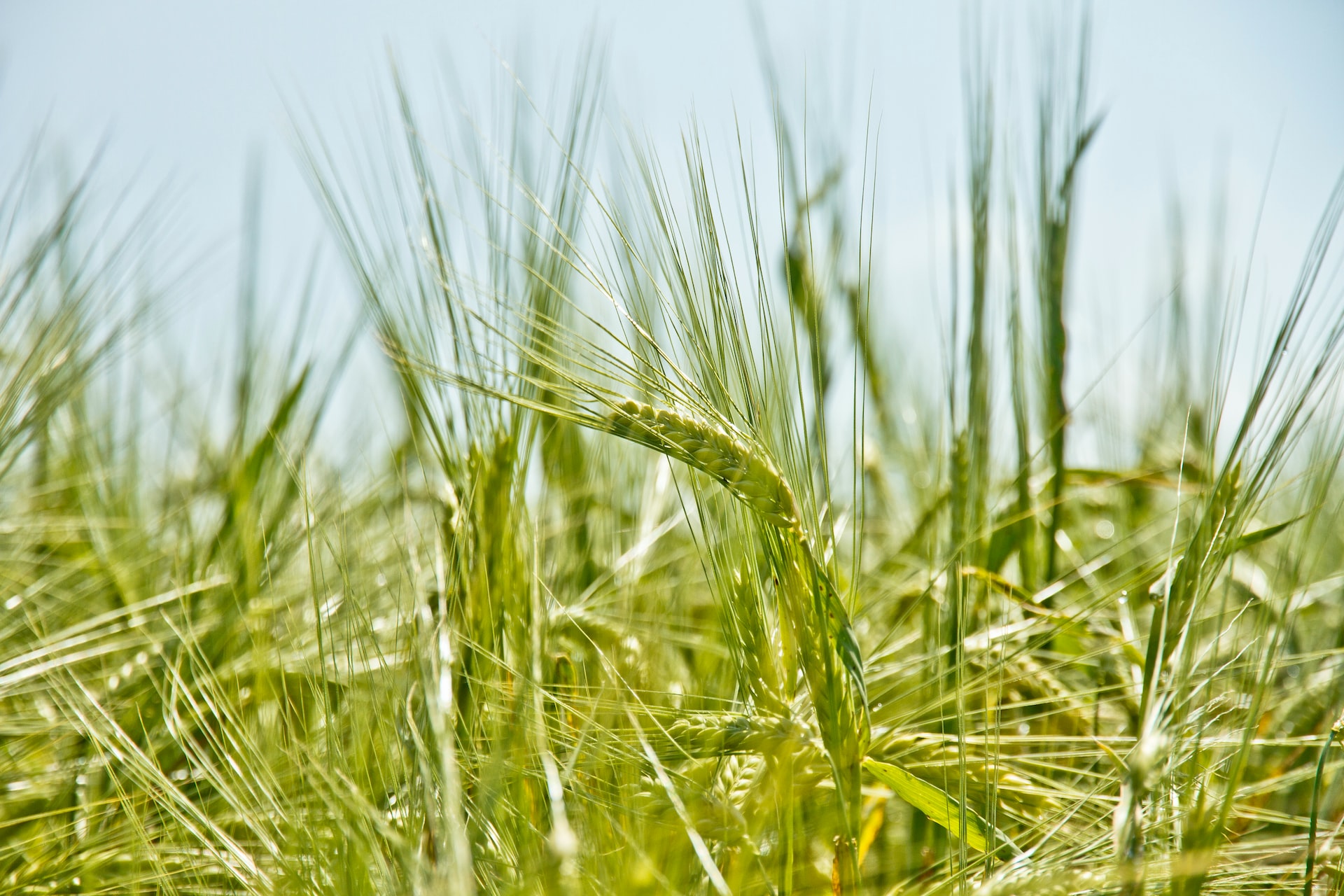
As October nears and geopolitics, weather and prices have been agonized over for months, and plenty of questions still to answer on where the production number ultimately ends up, one thing is for sure...
Read MoreWaiting on some harvest clarity

As harvest inches steadily towards us, the marketing crystal ball remains as cloudy as ever, with technical and fundamental factors all conspiring to fog up the glass.
Read MoreSouthern crops benefit from wet conditions

Weather in NSW remains mild and wet, and the majority of weather forecasters predict the trend to continue through to October and November.
Read MoreSpring days getting longer, but the weather risks remain
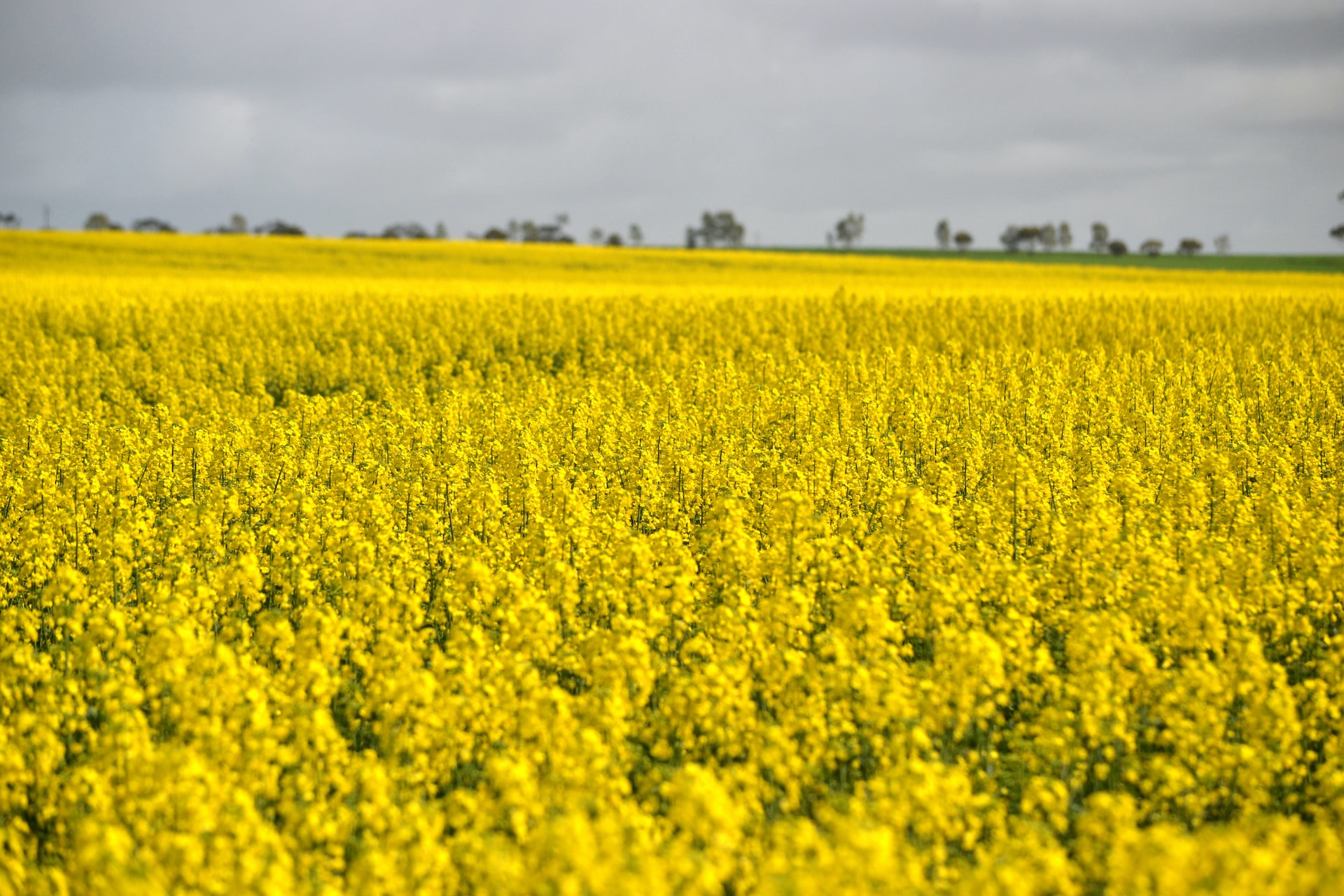
Spring has officially sprung around New South Wales with flowers bursting everywhere across the state.
Read MoreThe premiership quarter
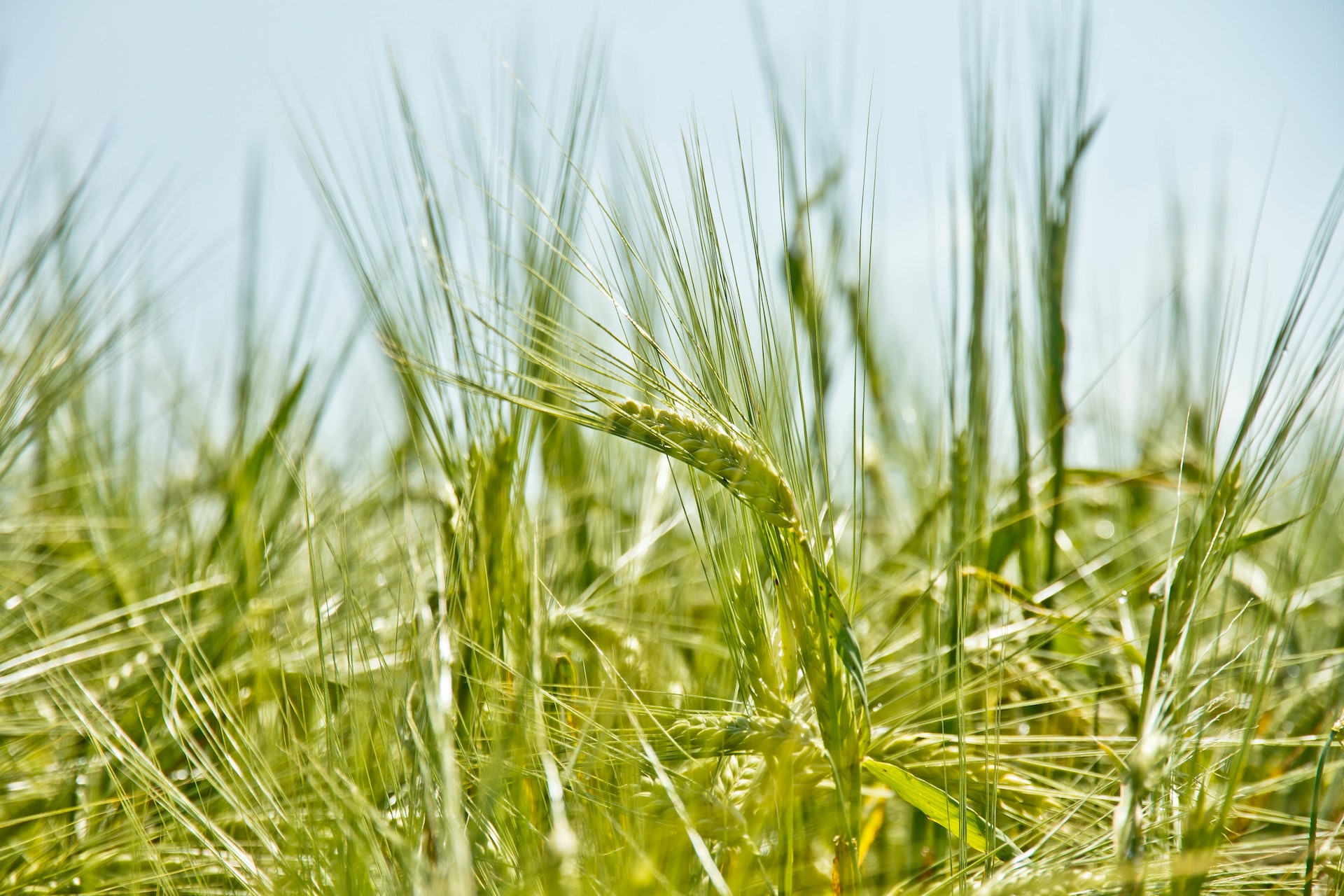
Spring has sprung and with that arrives finals footy as well as critical time in the calendar for growers and industry alike.
Read MoreWhere is this grain market heading

In the last three months across Australia, cash values for grains and oilseeds have seen way more red trading days than green.
Read More